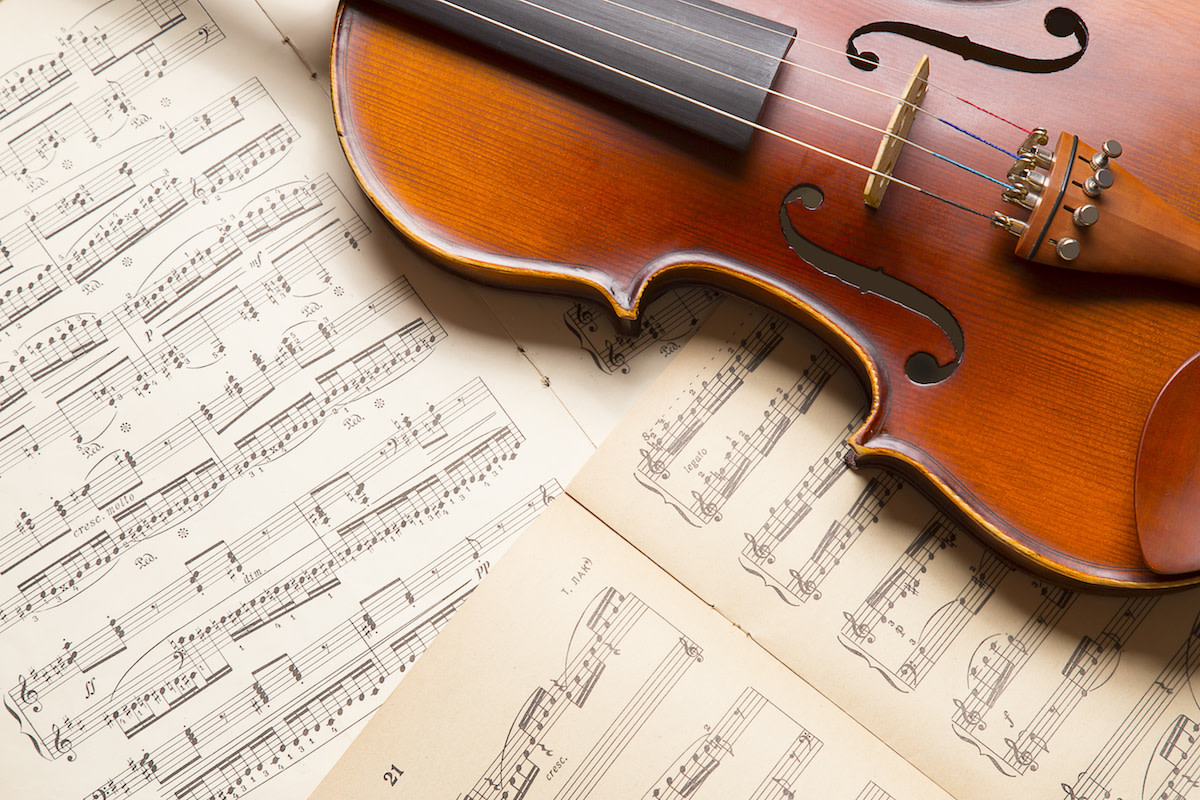Violin 101: What Is Spiccato? Learn About Spiccato Bowing Technique and the Difference Between Spiccato and Other Violin Techniques
Written by MasterClass
Last updated: Sep 1, 2022 • 3 min read
If you’ve ever heard the violin pyrotechnics of the Mendelssohn Violin Concerto in E minor, Op. 64, then you’re familiar with spiccato, the “off the string” violin technique that allows virtuoso players to race across the violin’s fingerboard and strings.
Learn From the Best
What Is Spiccato?
Spiccato is a string technique involving detached notes played with a bouncing bow (the bow comes off the string).
Much like the detaché technique, it involves alternating bow strokes (an up bow followed by a down bow followed by an up bow, etc.), but the bow “bounces” off the strings with each note. Spiccato sounds similar to the staccato technique.
What Is Spiccato Technique?
To achieve proper spiccato technique, it is important to begin with more rudimentary forms of violin playing: namely detaché followed by martelé. These techniques will allow you to learn the elements of spiccato, beginning with alternate bowing. It is also helpful to practice staccato playing, where note durations are shortened to produce a jaunty musical texture.
In spiccato technique, the bow does not remain in contact with the strings. Rather, the bow bounces off the strings to sound notes, thus producing a staccato-adjacent sound.
3 Examples Of Spiccato
Spiccato is used in fast violin passages that require alternate bowing (as opposed to legato, where multiple notes are played on a single bow stroke). While violinists may choose to play any number of passages using spiccato, here are some particularly famous examples of the technique:
- Haydn's Symphony No. 94 “Surprise”
- Niccolò Paganini’s God Save the King
- Paganini’s 24 Caprices
What Is the Difference Between Spiccato and Sautillé?
Spiccato’s most closely related cousin is the sautillé technique—so much so that the two are often confused for one another.
Sautillé involves detached, very rapid, bounced strokes played in the middle of the bow. This is marked in the same manner as spiccato and chosen in the context of the music. There are two primary differences between sautillé and spiccato:
- 1. Sautillé is played in nearly the dead center of the bow, while spiccato is played slightly lower.
- 2. Sautillé is used for faster passages than spiccato is. It cannot produce quite the same volume as spiccato, but this is made up for by the potential for greater speed.
What Is the Difference Between Spiccato and Other Violin Techniques?
In addition to spiccato and sautillé, here are some of the other most common violin techniques called for by composers:
- Staccato. A playing technique where each individual note is sounded briskly. “Staccato” is Italian for “detached” or “disconnected.” Staccato is indicated in the music with dots over the notes. “Flying staccato,” also known as “up-bow staccato,” is when short notes are played all in the same bow stroke, stopping the bow for each note (the bow stays on the string). This is indicated in the music with dots over the notes as well as a slur over the group of notes that will be in one bow.
- Legato. A musical performance technique that produces fluid, continuous motion between notes. Each individual note is played to its maximum duration and then blends directly into whatever note follows. Legato notes are often slurred; that is, a group of notes is played together in one down-bow or up-bow. In the music, a slur looks like a curved line over the notes that are all in one bow.
- Spiccato. A string technique involving detached notes played with a bouncing bow (the bow comes off the string). Generally, spiccato is used in faster passages than staccato—but not always.
- Ricochet. Bouncing several notes in a row with one bow stroke.
- Pizzicato. Plucking the string, most commonly with the right hand. Usually the music says “pizz” to indicate pizzicato, then arco when it’s time to use the bow again. For left hand pizzicato, done with your violin fingers, a “+” is placed over each note that is to be plucked.
Learn more about the violin and bowing techniques in Itzhak Perlman’s MasterClass.
